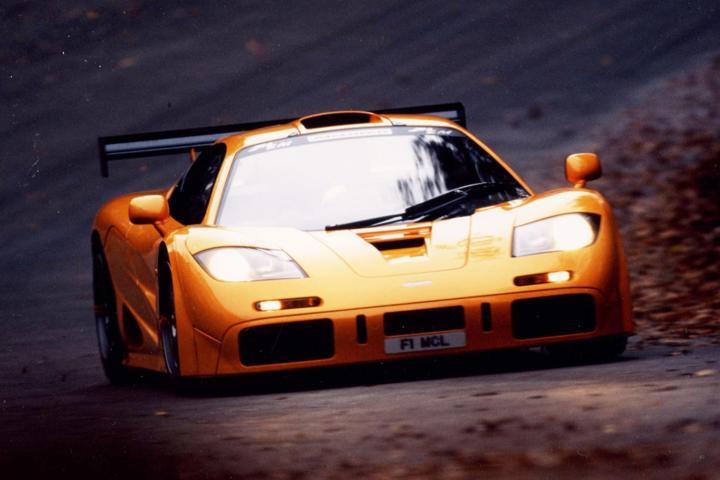
In fact, the laptops that are able to service the McLaren F1 are almost as rare as the car itself. McLaren has only produced just over 100 of the cars since the first production run, and just over half of them are street legal. Meanwhile, the Compaq can’t be just another off-the-shelf system, and needs a special CA card slot for the specially designed interface chip.
Apart from its special hardware support, the Compaq is an unsurprisingly cumbersome system. The display is a 640 x 200 grayscale panel, with four shades of gray. Under the hood, users could expect decent performance from a 120MHz Pentium chip, running not Windows, but MS-DOS.
The pairing is definitely a weird one. While a Compaq LTE 5820 would only cost you a few hundred dollars without the CA slot, the properly equipped system, in functioning order, costs closer to a few thousand bucks. That might sound like a lot, until you realize that F1s still sell for over 10 million dollars on the secondary market.
But the reliance on older hardware is starting to wear the engineers thin, and one of them admitted that the company is working on a new version of the interface that will work with more modern systems. That should mean more time fixing up some of the rarest and most sought-after cars in the world, and less time trying to get an old DOS-based Compaq to work.


